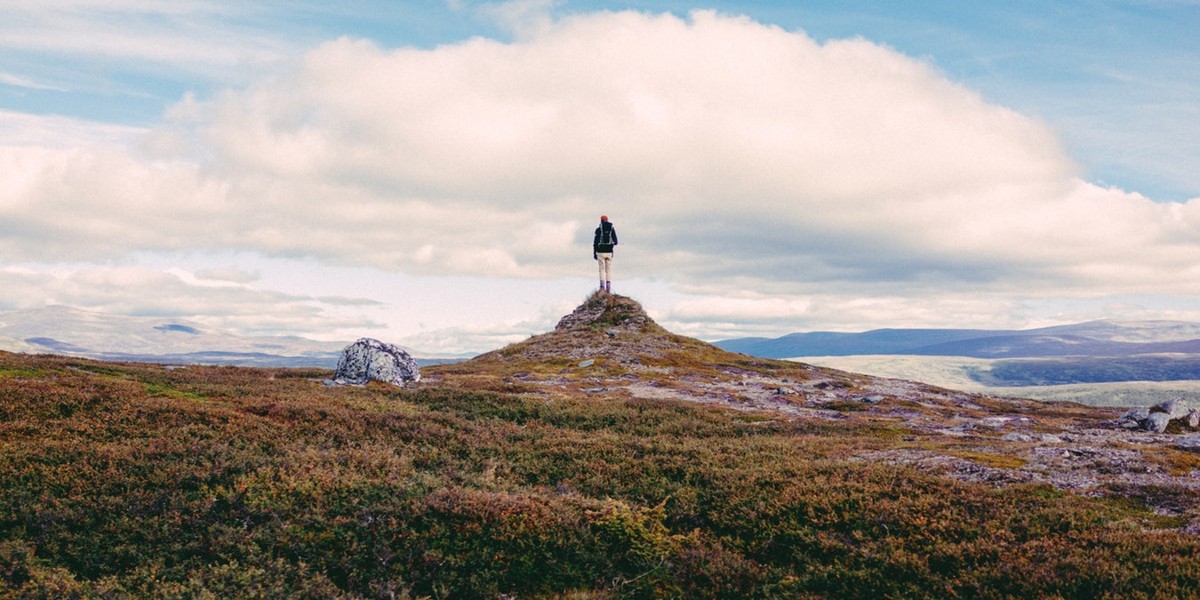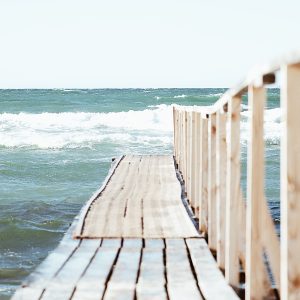More and more people are discovering the pilgrimage. For example, because they are ready for a bit of adventure or for some time for themselves—and in those instances, it can be nice to have a goal. Here are three routes in Europe.
Camino de Santiago, France & Spain
By far, the most famous route is the Camino Francés, from Saint Jean Pied de Port in France to Santiago de Compostela in Spain. The entire route is nearly 800 kilometers long and takes just over a month if you walk an average of 25 kilometers each day. Along the way you walk through nature and you pass various villages and towns such as Pamplona.
Because the route is so popular, you often meet people from all over the world. If you have a pilgrim pass, you can eat cheaply and sleep in a refugio (a dormitory). The same pass gets you a certificate in Santiago de Compostela.
In addition to the Camino Francés, there are many more routes that will take you to Santiago de Compostela, such as the quieter Camino Del Norte, a route that runs along the northern Spanish coast.
- More information about this and other European pilgrimages can be found here.
St Olav Ways, Sweden & Norway
St Olav Ways is the most northerly pilgrim route in the world. In total there are six variants, but they all end up at the Nidarosdomen cathedral in Trondheim. If you depart from Selånger in Sweden, you will walk a total of 564 kilometers to your final destination.
You can walk the route in about three to four weeks. But if you really want to take your time, it takes about six weeks. You can spend nights in your own tent (wild camping is permitted everywhere in Sweden and Norway), or you can sleep in mountain huts or in people’s homes.
- More information about this pilgrimage can be found here.
Pieterpad, the Netherlands
This 492-kilometer route takes you from Pieterburen in Groningen to Maastricht in Limburg. Not officially a ‘pilgrim route’, the Pieterpad was walked and documented by two Dutch women between 1975 and 1981, and is therefore fairly new. You can spend nights in hotels, B&Bs or people’s homes. The route is divided into 26 stages and takes approximately four weeks to complete, with many people choosing to walk it in stages.
- More information about this route can be found here.
Photography Nina Lindgren/Unsplash.com














